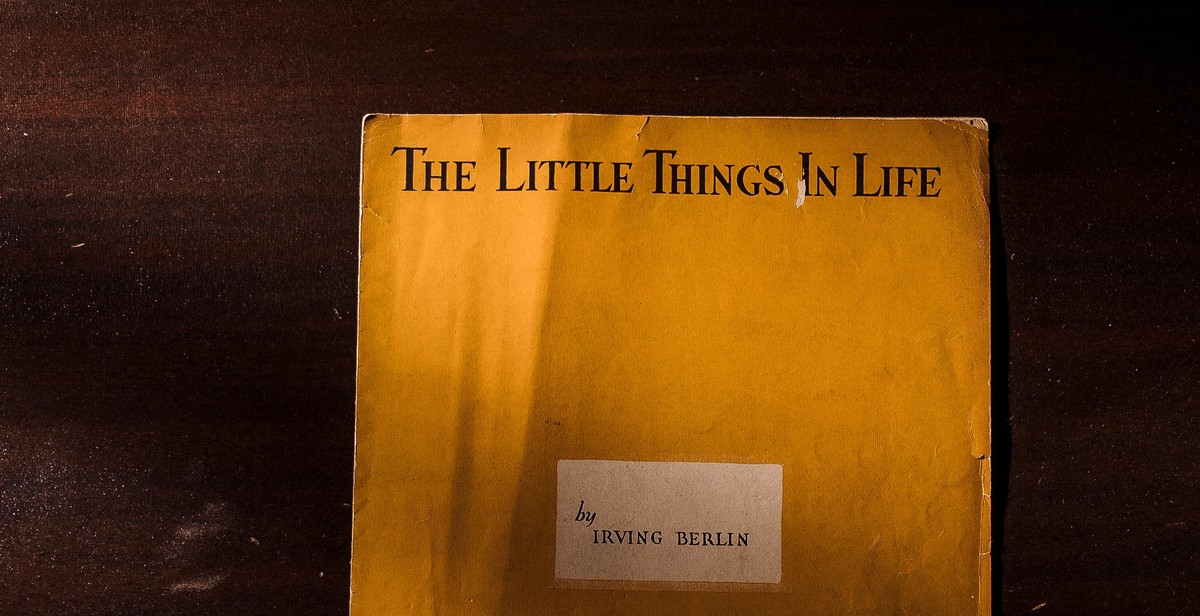How to Play the Kalimba: Beginner’s Guide to Thumb Piano Techniques and Songs
If you’re looking for a unique and easy-to-learn instrument, the kalimba (also known as a thumb piano) might just be the perfect fit for you. This small, handheld instrument is a popular choice for beginners, as it requires no prior musical experience and is incredibly versatile.
What is a Kalimba?
A kalimba is a percussion instrument that originated in Africa. It consists of a wooden board with metal tines of different lengths attached to it. These tines are plucked with the thumbs to produce a melodic sound. The kalimba is also known as a mbira, sansa, or likembe in different parts of Africa.
The kalimba is a portable and affordable instrument that can be played solo or in an ensemble. It has a unique sound that can range from soothing and meditative to lively and upbeat. With a little practice and dedication, anyone can learn to play the kalimba.
Why Learn to Play the Kalimba?
Learning to play the kalimba has numerous benefits. It can improve your hand-eye coordination, boost your creativity, and reduce stress. Playing the kalimba is also a great way to connect with other musicians and explore different genres of music. Whether you’re interested in playing traditional African music or modern pop songs, the kalimba can accommodate a wide range of styles.
This beginner’s guide will teach you the basic techniques and songs to get started with playing the kalimba. You’ll learn how to hold and tune the instrument, play simple melodies, and even create your own compositions. By the end of this guide, you’ll be well on your way to becoming a skilled kalimba player.

Getting Started: Beginner’s Guide to Playing the Kalimba
If you’re interested in learning how to play the kalimba, also known as the thumb piano, you’ve come to the right place. This guide will cover everything you need to know to get started, including choosing the right kalimba, tuning your kalimba, and playing techniques.
Choosing the Right Kalimba
The first step in learning to play the kalimba is choosing the right instrument. There are many different types of kalimbas available, each with its own unique sound and style. Some factors to consider when choosing a kalimba include:
- The number of tines: Kalimbas can have anywhere from 5 to 21 tines, with more tines generally leading to a greater range of notes.
- The shape and size: Kalimbas come in a variety of shapes and sizes, from small and compact to larger and more ornate.
- The material: Kalimbas can be made from a variety of materials, including wood, metal, and plastic.
Ultimately, the best kalimba for you will depend on your personal preferences and playing style.
Tuning Your Kalimba
Before you can start playing your kalimba, you’ll need to tune it. Most kalimbas come with a tuning hammer or other tool that you can use to adjust the tines. Some tips for tuning your kalimba include:
- Start with the middle tine and tune it to the appropriate note using a piano or other reference instrument.
- Tune the adjacent tines to create a major scale, moving up and down the scale as needed.
- Adjust the tines as needed to create a balanced and harmonious sound.
Playing Techniques
Once your kalimba is tuned, it’s time to start playing. Some basic playing techniques to get started with include:
- Plucking the tines with your thumbs or fingers to create notes.
- Using your other hand to mute or dampen the sound of certain tines as needed.
- Experimenting with different rhythms and patterns to create unique sounds and melodies.
With practice and patience, you’ll be able to master more advanced techniques and play a wide variety of songs on your kalimba.

Basic Kalimba Techniques
Playing the kalimba is a simple and enjoyable experience. Here are some basic techniques to get you started:
Playing Single Notes
The kalimba is played by plucking the tines with your thumbs. To play a single note, place your thumb on the tine you want to play and pluck it with a downward motion. The length of the tine determines the pitch of the note. Shorter tines produce higher notes, while longer tines produce lower notes.
It’s important to use the tip of your thumb when playing single notes. This will help you to produce clear and distinct sounds. You can also experiment with different parts of your thumb to create different tones and textures.
Playing Chords
Chords are a group of notes played together to create harmony. To play a chord on a kalimba, you will need to use both thumbs. Place one thumb on one tine and the other thumb on another tine that is next to it. Play both tines at the same time to produce a chord.
You can play different types of chords on the kalimba, including major, minor, and seventh chords. Experiment with different combinations of tines to create your own unique chords.
Adding Vibrato
Vibrato is a technique used to add expression and depth to your playing. To add vibrato to a note, you will need to use a shaking motion with your thumb while holding the tine down. This will create a wavering effect on the note.
It’s important not to overdo vibrato as it can quickly become distracting. Use it sparingly and only when necessary to enhance the emotion of your playing.
| Summary |
|---|
| The kalimba is played by plucking the tines with your thumbs. To play a single note, place your thumb on the tine you want to play and pluck it with a downward motion. To play a chord on a kalimba, you will need to use both thumbs. Place one thumb on one tine and the other thumb on another tine that is next to it. Play both tines at the same time to produce a chord. Vibrato is a technique used to add expression and depth to your playing. To add vibrato to a note, you will need to use a shaking motion with your thumb while holding the tine down. |

Playing Your First Song
Now that you have your kalimba tuned and ready to go, it’s time to start playing your first song! Here are a few easy kalimba songs for beginners to get you started:
1. Twinkle, Twinkle, Little Star
This classic nursery rhyme is a great song to start with on the kalimba. It only uses a few notes and is easy to sing along to as you play. Here are the notes you’ll need:
| Note | Number |
|---|---|
| C | 1 |
| G | 5 |
| A | 6 |
Start by playing the C note with your thumb, then the G note with your index finger, and finally the A note with your thumb again. Repeat this pattern throughout the song.
2. Happy Birthday
Another classic song that’s easy to play on the kalimba is “Happy Birthday.” Here are the notes you’ll need:
| Note | Number |
|---|---|
| G | 5 |
| C | 1 |
| D | 2 |
| G | 5 |
| C | 1 |
| D | 2 |
| G | 5 |
Start by playing the G note with your thumb, then the C note with your index finger, the D note with your middle finger, and back to the G note with your thumb. Repeat this pattern for the entire song.
3. Mary Had a Little Lamb
This simple nursery rhyme is another great song for beginners to learn on the kalimba. Here are the notes you’ll need:
| Note | Number |
|---|---|
| E | 3 |
| D | 2 |
| C | 1 |
| D | 2 |
| E | 3 |
| E | 3 |
| E | 3 |
| D | 2 |
| D | 2 |
| D | 2 |
| E | 3 |
| G | 5 |
| G | 5 |
Start by playing the E note with your thumb, then the D note with your index finger, the C note with your middle finger, and back to the D note with your index finger. Repeat this pattern for the first half of the song. For the second half of the song, play the notes in the order shown in the table above.
Practice these songs until you feel comfortable playing them, and then try learning some more complex songs. With enough practice

Advanced Techniques for Playing the Kalimba
Playing Melodies
Once you have mastered the basics of playing the kalimba, you can start experimenting with more advanced techniques. One of the most important techniques is playing melodies. This involves playing individual notes in a sequence to create a melody. To do this, you will need to use both thumbs and possibly even your fingers to create more complex melodies. Try playing simple songs that you are familiar with and gradually increase the difficulty as you become more comfortable with the technique.
Playing with Accompaniment
Another advanced technique is playing with accompaniment. This involves playing the kalimba along with other instruments or backing tracks. You can use a metronome to keep time and play along with a drum beat or other rhythmic accompaniment. You can also play along with other melodic instruments, such as a guitar or piano. This can add depth and complexity to your playing and help you develop your musical skills.
Creating Your Own Songs
Once you have a good grasp of playing melodies and playing with accompaniment, you can start creating your own songs. This involves experimenting with different rhythms, melodies, and chord progressions. You can start by improvising and gradually building on your ideas to create a full song. You can also try writing down your ideas and experimenting with different arrangements until you find the perfect combination. Remember to have fun and be creative, as this is the best way to develop your own unique style and sound.
| Technique | Description |
|---|---|
| Playing Melodies | Playing individual notes in a sequence to create a melody. |
| Playing with Accompaniment | Playing the kalimba along with other instruments or backing tracks. |
| Creating Your Own Songs | Experimenting with different rhythms, melodies, and chord progressions to create your own songs. |

Conclusion
Learning to play the kalimba can be a fun and rewarding experience for anyone, regardless of their musical background. With the right techniques and practice, you can create beautiful melodies and rhythms that will impress your friends and family.
Remember to start with the basics, such as how to hold the instrument and how to play individual notes. Once you have mastered these techniques, you can move on to more complex patterns and songs.
Try to practice regularly, even if it’s just for a few minutes a day. This will help you build muscle memory and improve your overall playing ability. You can also experiment with different tuning and techniques to create your own unique sounds and styles.
Don’t be afraid to make mistakes or try new things. The kalimba is a forgiving instrument, and even the most experienced players make mistakes from time to time. The most important thing is to have fun and enjoy the process of learning and creating music.
With the tips and techniques outlined in this beginner’s guide, you can start playing the kalimba with confidence and skill. Whether you want to play for your own enjoyment or perform for others, the kalimba is a versatile and beautiful instrument that is sure to bring joy to your life.
| Pros | Cons |
|---|---|
| Easy to learn and play | May take time to master more complex techniques |
| Portable and lightweight | May not be suitable for all genres of music |
| Can create unique and beautiful sounds | May require additional accessories for tuning and maintenance |
Recommended Resources
- Kalimba Magic – A website dedicated to all things kalimba, including tutorials, sheet music, and instrument sales.
- Kalimba Tutorial Videos on YouTube – A wealth of free tutorials and lessons for players of all skill levels.
- Kalimba Instruments on Amazon – A wide selection of kalimbas for sale, ranging from beginner to professional models.
